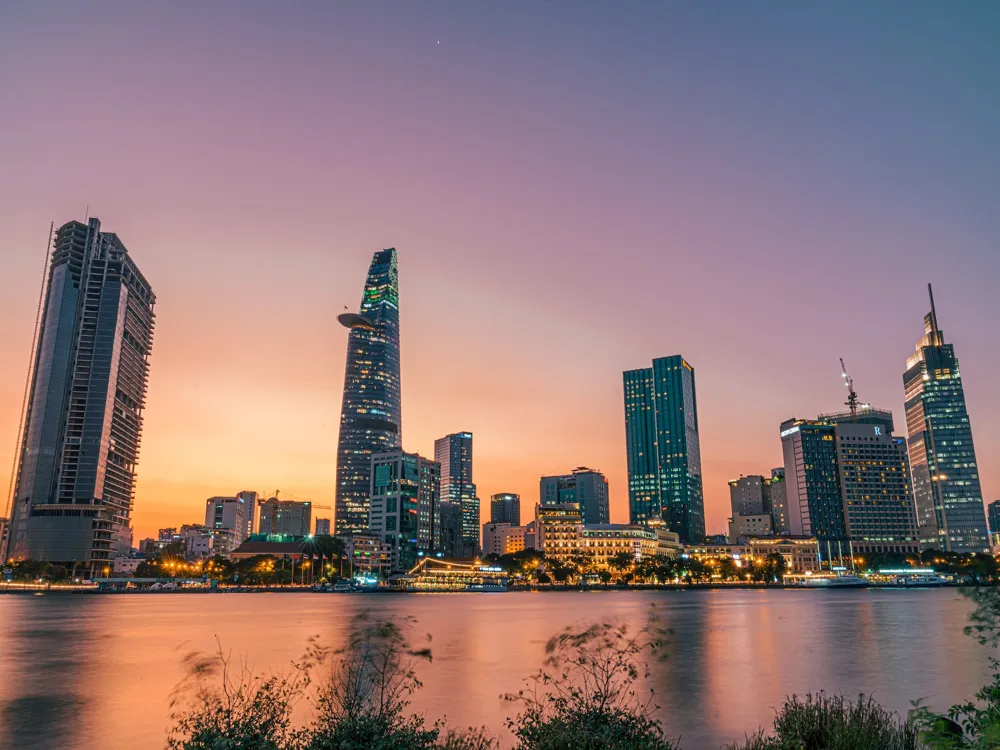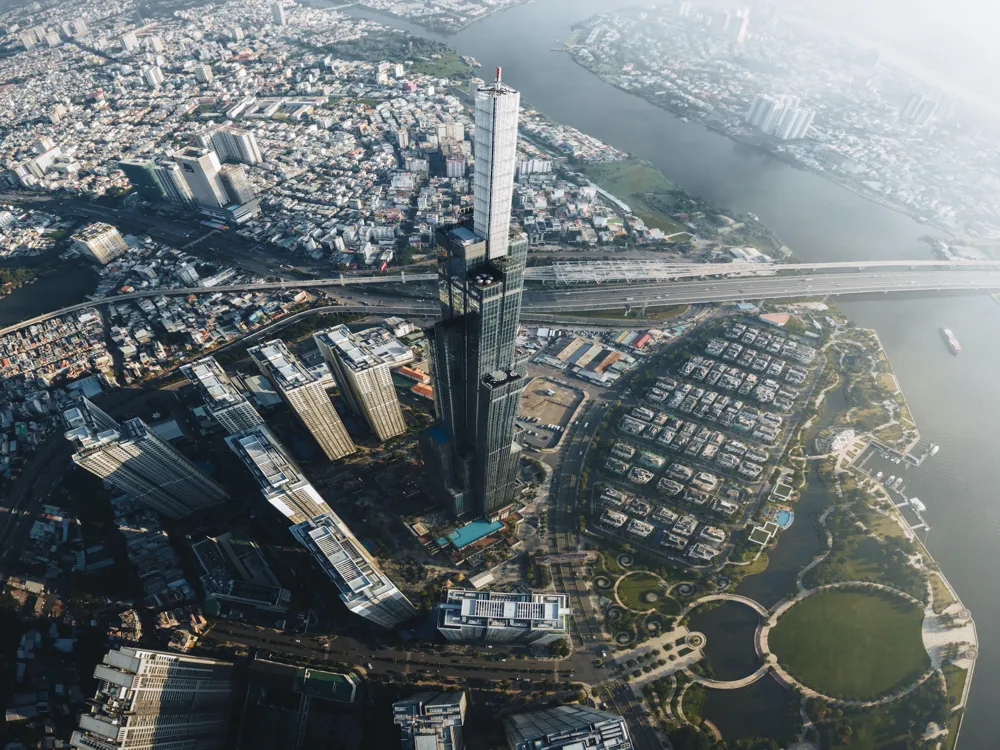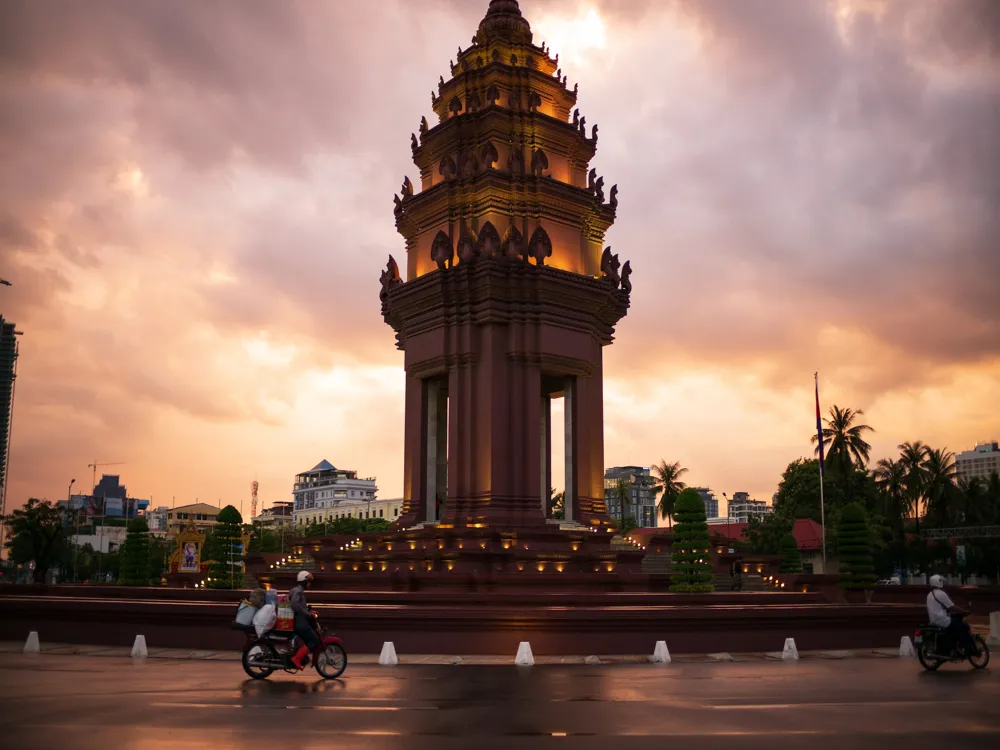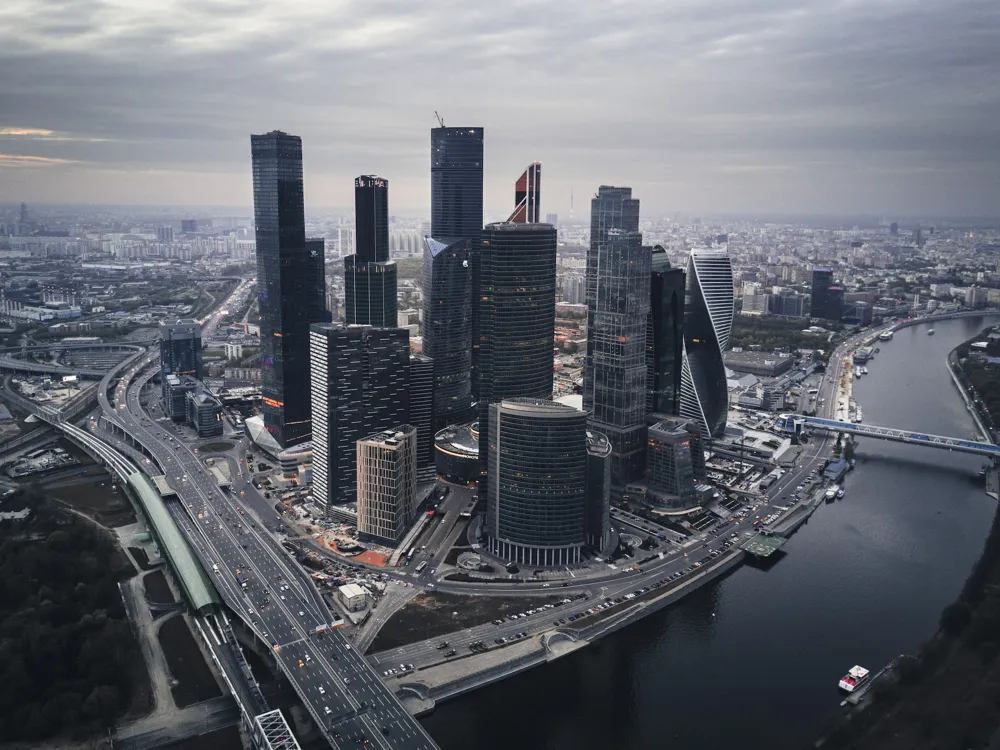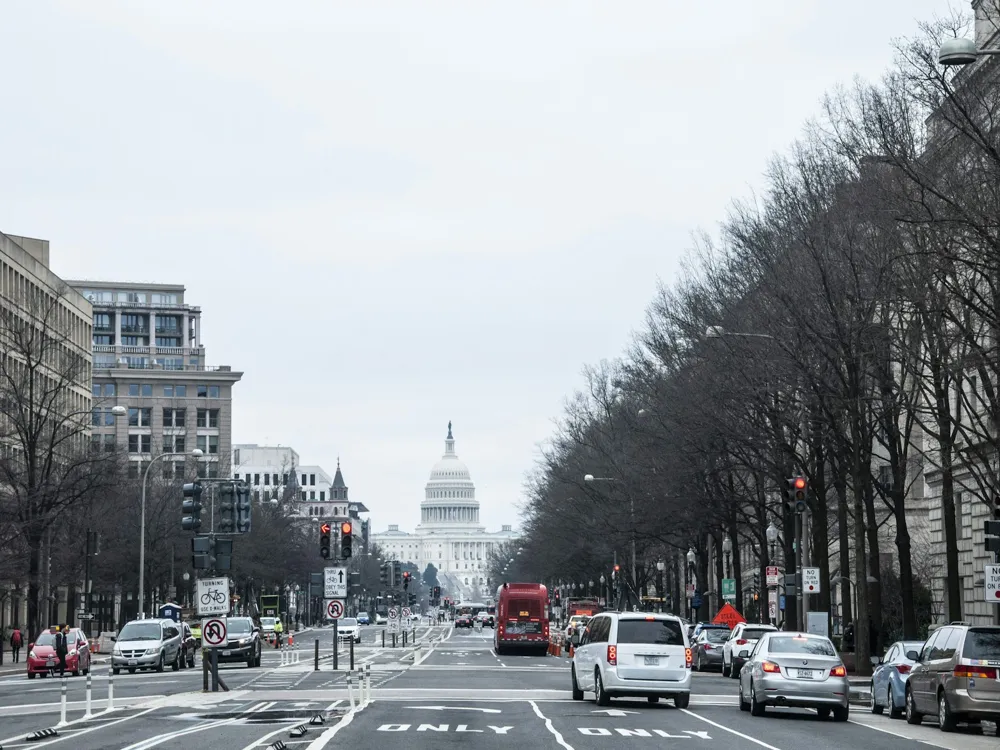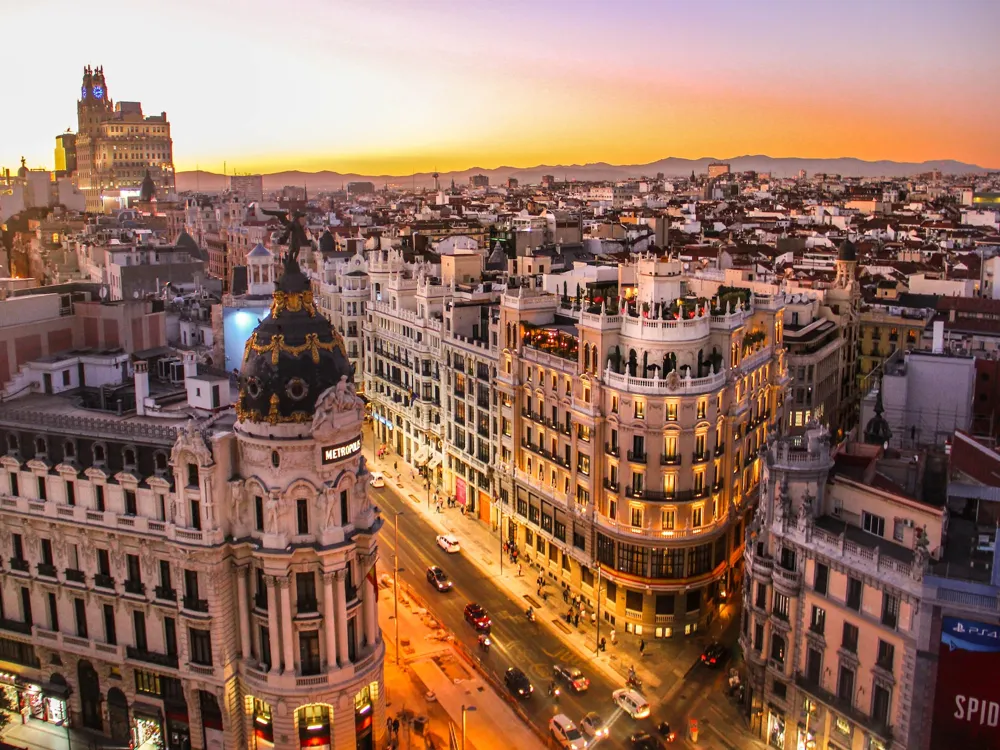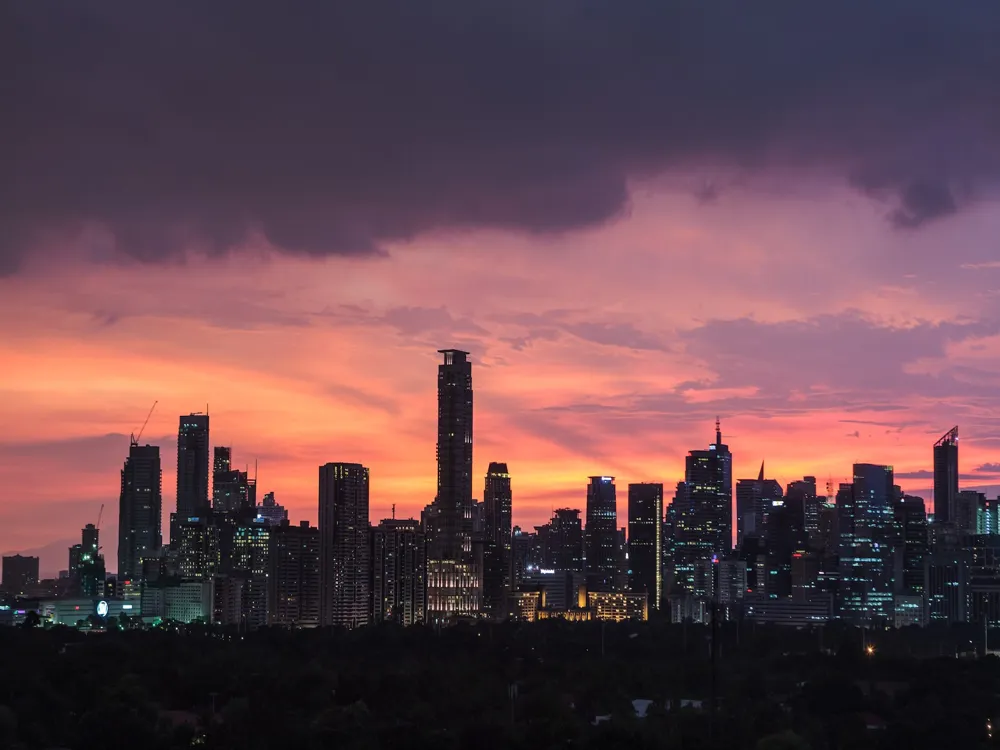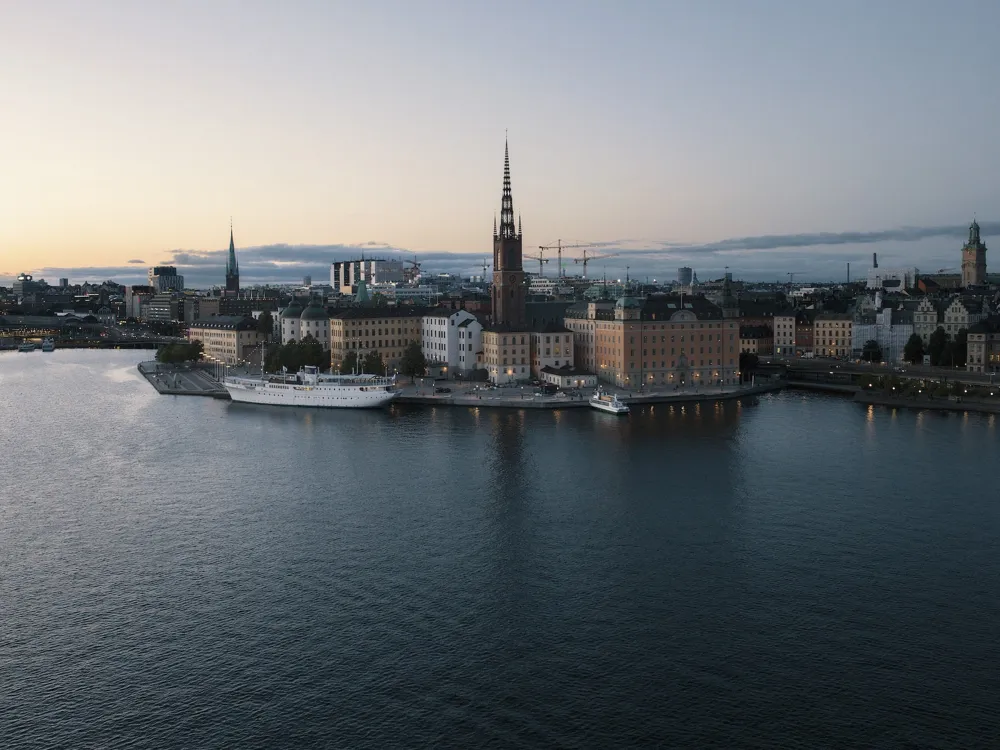Plan Your Travel To Ho Chi Minh City
Places To Visit In Ho Chi Minh City
Pham Ngu Lao Street
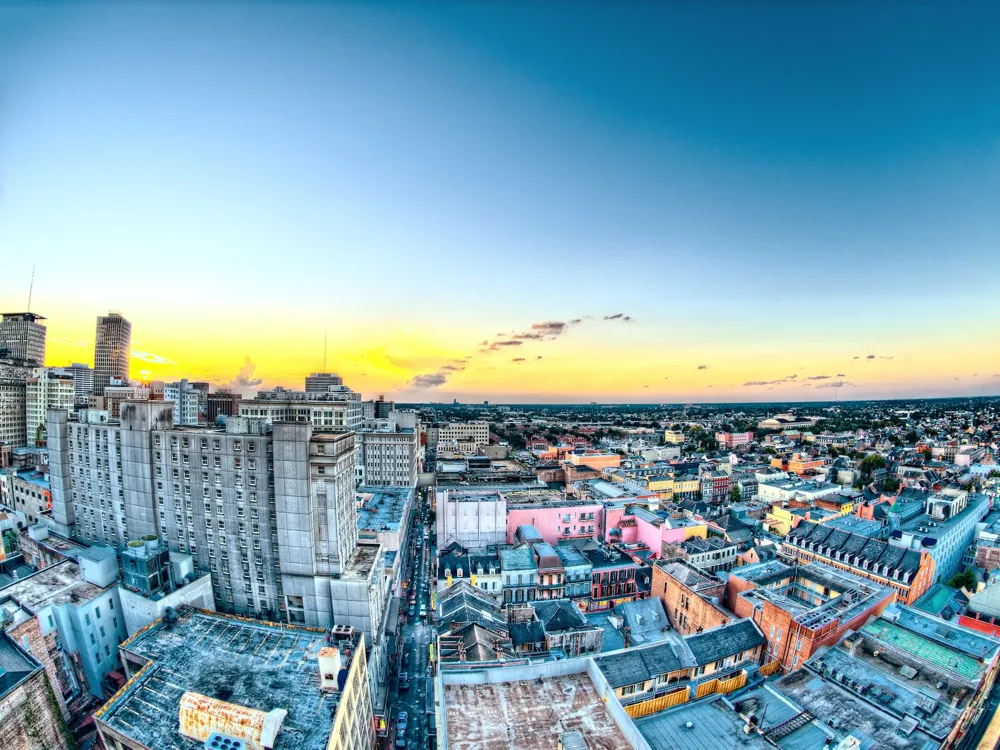
Known as the backpacker's district of Vietnam, Pham Ngu Lao street is a famous nightlife spot where you can enjoy cheap beers at Vietnam's famous 'Bia Hoi' bars. These serve homemade watery lager beer. It is famous for its culture of sitting on plastic chairs together and chatting away the whole night. The cost of beers is also very minimal, at 50 cents a glass. The street is also filled with tiny, shack-like shops selling authentic Vietnamese food like ban xeo, bun bo hue, and pho.
Pham Ngu Lao Street runs from the western end of the prime area of District 1 in Ho Chi Minh City. The road is intersected by multiple lanes as well as by lanes. It is a busy intersection of streets with the Bui Vien street lying parallel to this particular road. Cheap cafes, restaurants, bars, and souvenir shops here make this a favorite haunt of locals and tourists alike. It is also known for its range of hotels and hostels for budget travelers. The narrow alleyways do not make it a crime-infested dark underbelly of Ho Chi Minh City though, for it also doubles up as a residential neighbourhood. The street is also located in close proximity to attractions such as the Reunification Palace and the Notre Dame Cathedral.
Read More
Pho Binh
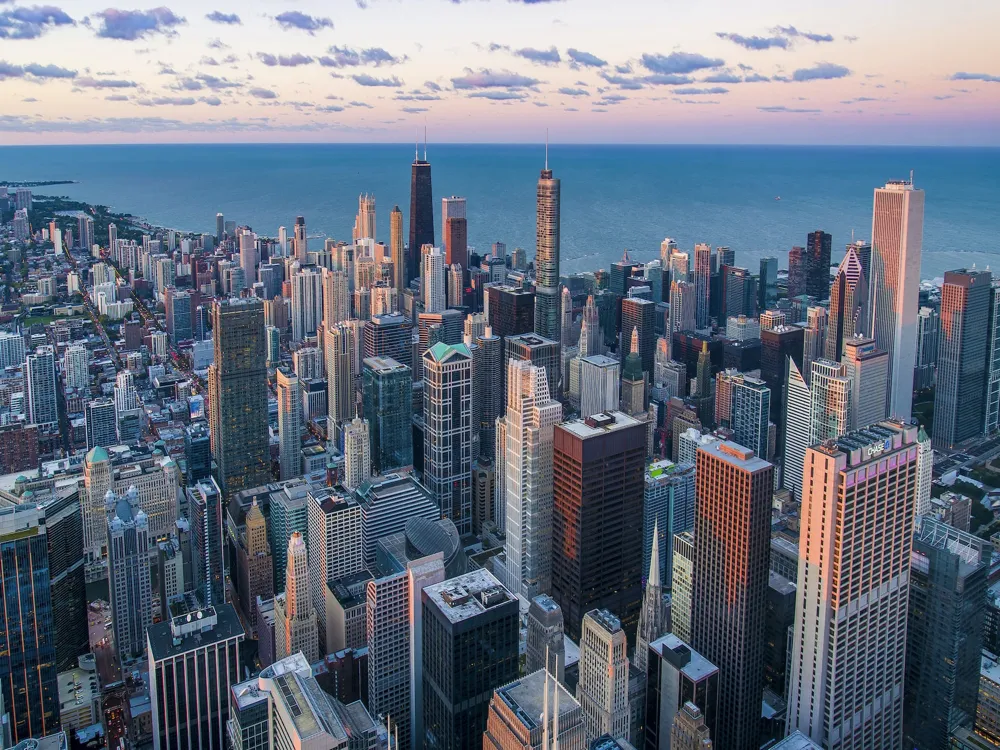
This unassuming restaurant that serves bowl after bowl of delicious soup hides a rich historical legacy, Pho Binh - which ironically enough means Peace Noodles - was the secret headquarters for the Vietnamese Communists while they were planning the Tet Offensive in 1968. Upstairs are a series of photographs that provide a glimpse into the the restaurant's involvement in the nation-building.
If you're in the mood for a steaming hot bowl of Pho while delving into the history of a revolution that saved Vietnam, this small shop tucked away in the Ly Chinh Thang street of Saigon, is the place to be. The restaurant is quite aptly, yet ironically named Pho Binh, which translates to "Peace Soup". Because it was over these steaming hot bowls of noodle soup, that members of the Viet Cong devised a strategy that helped overthrow the American troops and end the war that spanned roughly 2 decades, finally bringing peace to a war-torn nation. But it was also the site where for 3 straight years many weapons were smuggled in and out, and hence the irony.
Read More
Phung Son Pagoda
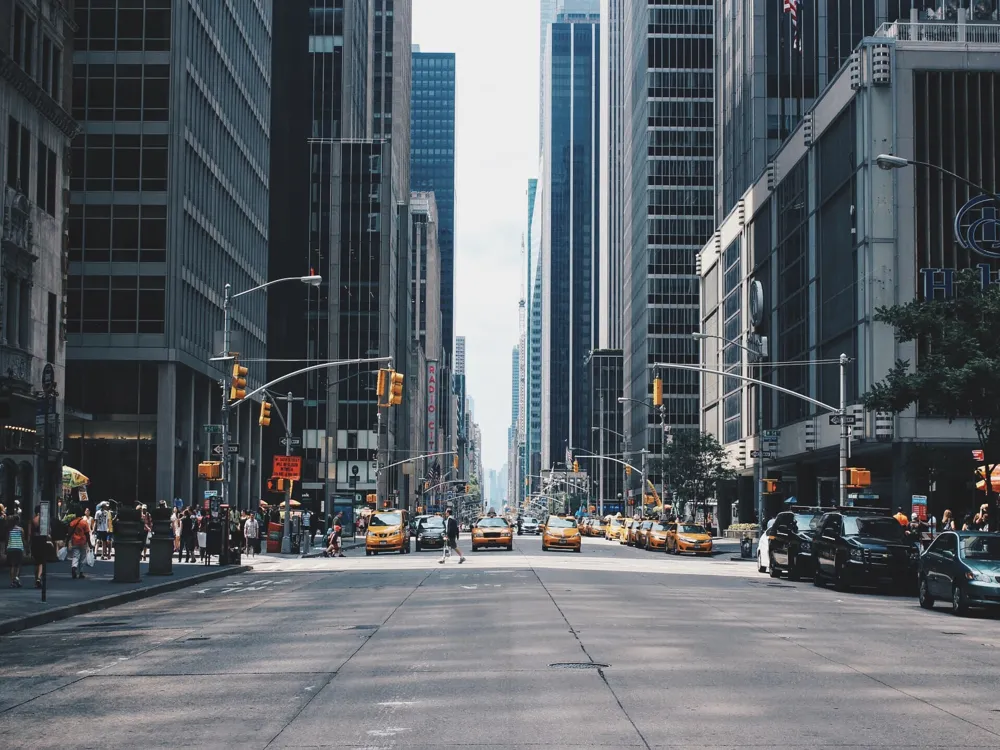
Phung Son Pagoda is a gorgeous 19th century Buddhist temple in Ho Chi Minh. The temple features over 40 exquisite ceramic and copper statues, and devotees come here to pray daily. Moreover, the area surrounding the temple was excavated to reveal structures belonging to the Funan period of 1st century AD.
Phuoc An Hoi Quan Pagoda
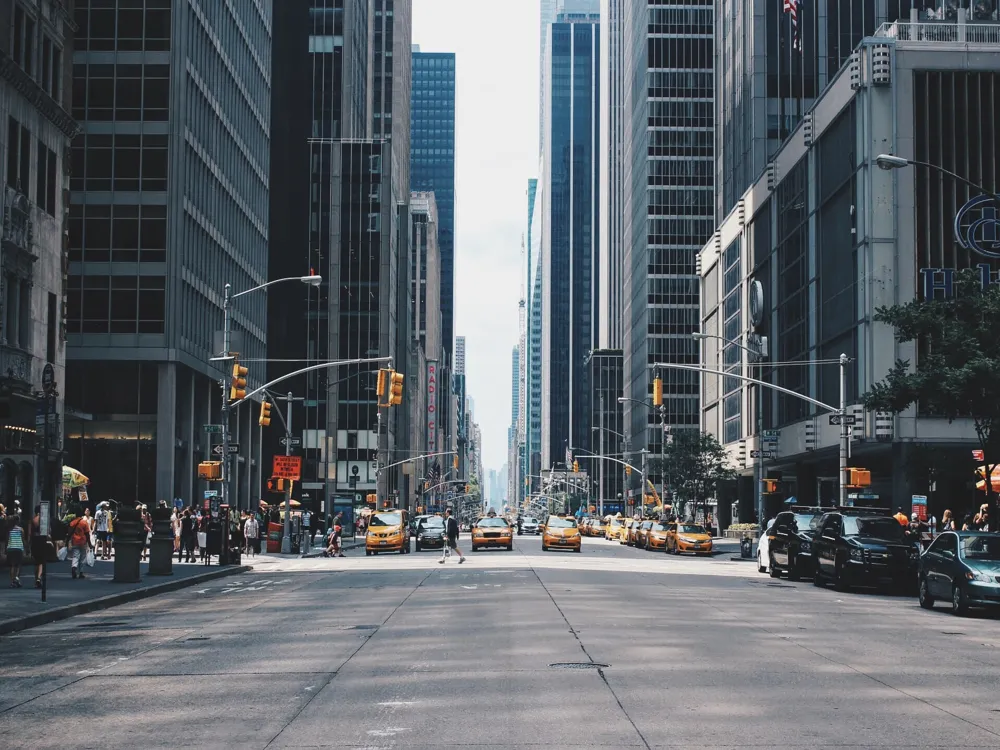
One of the most ornamental temples in Cholon, Phuoc An Hoi Quan Pagoda is a beautiful shrine dedicated to Chinese general Quan Cong. Built in 1902, the temple is surrounded by abundant greenery and features exquisite wood carvings on all altars, walls and columns. A burst of colour greets you as you enter the temple while Quan Cong's red horse faithfully stands on one side.
Another Cholon Pagoda, this is a must visit for many Vietnamese locals. It is almost ritual like to come to the pagoda before embarking on journeys or important travels. Upon entering, one can find Quan Cong a little to the left, seated atop his horse as two ceramic storks stand by his sides. Devotees make offerings to the Quan Cong statue, stroking the horse's mane and then finally ringing the bell hanging from its neck. Even before you enter, the temple is striking from the outside with its curved roof and intricate porcelain figurines perched atop the curves. Besides Quan Cong, the pagoda also serves as a place of worship for Ong Bon and Nam Ban Ngu Hanh. Built in 1902, even after over a century, you find the colours just as bright and gorgeous. With the usual red and gold of a pagoda and its typical incense filled aroma, the temple is also spotted with blues, greens and an unexpected purple of Quan Cong's face.
Read More
President Ho Chi Minh Statue
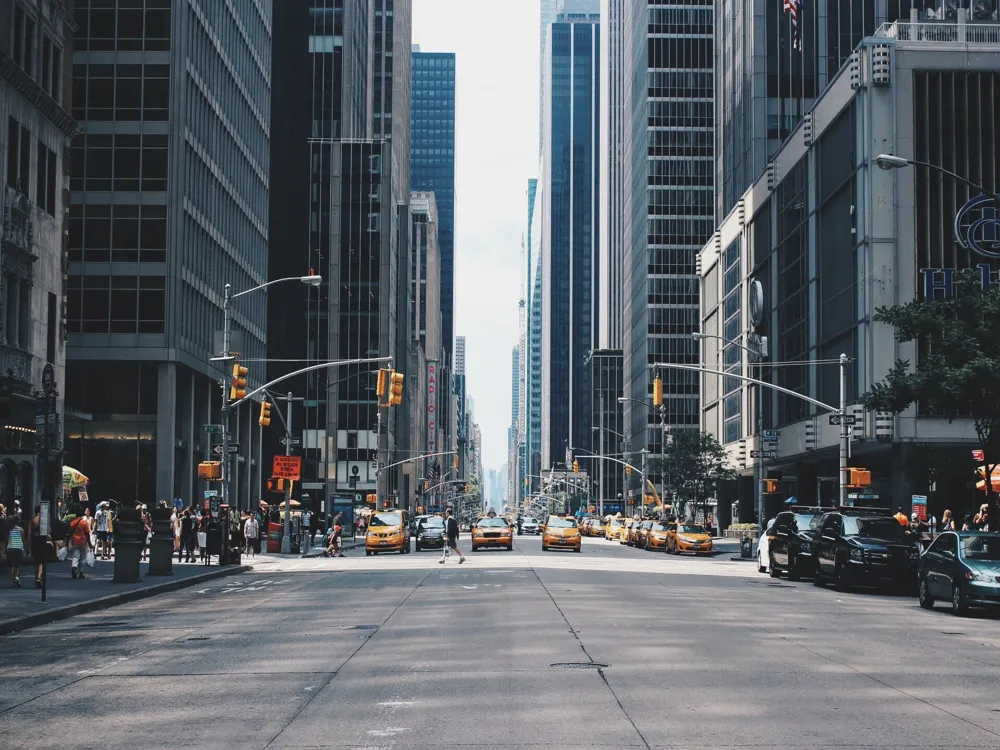
Nguyen Hue boulevard in District 1 is popular for its iconic landmark: a 7.2 metre long bronze statue of Uncle Ho, as he is commonly called. The statue symbolizes the lasting affection and respect Vietnamese have for their founding father, and is often used for photo-ops by tourists and locals alike. The fountains and benches that line the street add to its quaint beauty.
Quan Am Pagoda
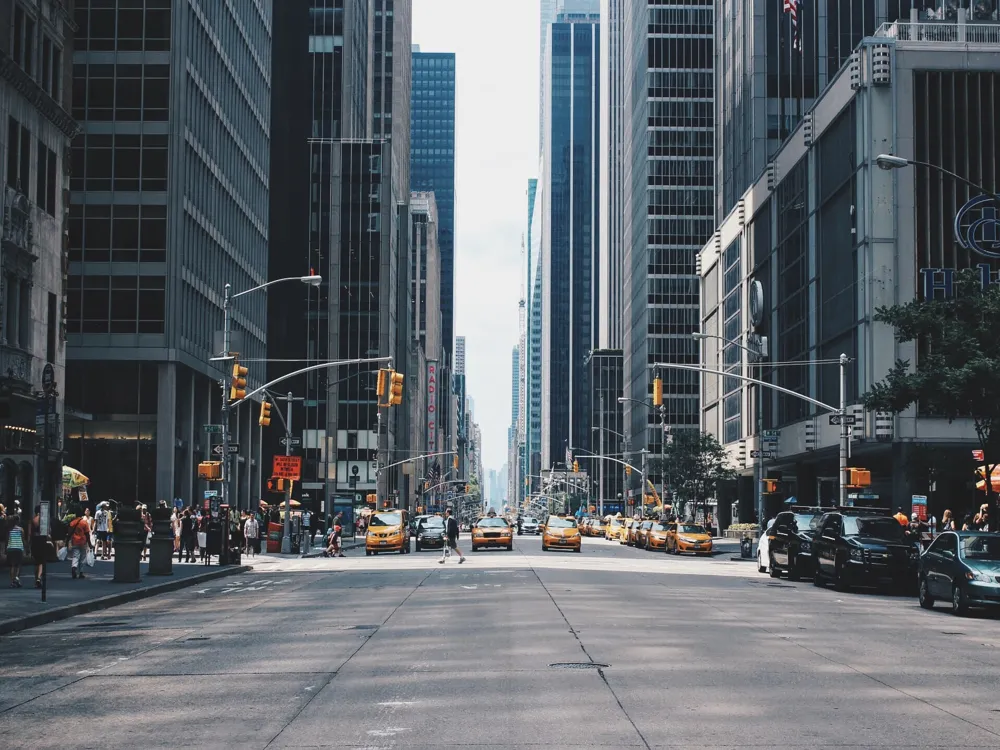
Quan Am Pagoda is a beautiful 19th-century Buddhist temple dedicated to Quan Am, the Goddess of Mercy and Compassion. Situated in Cholon in District 5, the temple complex is divided into three areas, with altars dedicated to Sea Goddess Mazu, the Jade Emperor and Quan Am. A courtyard with a small pond leads into the temple, where colourful motifs and sculptures welcome visitors.
One of District 5’s - and in fact, Cho Lon’s- greatest attractions are its Pagodas. And Quan Am happens to be another beautiful addition to them. The pagoda is dedicated to and named after the Chinese “Goddess of Mercy”, Guanyin. Or in Vietnamese, Quan The Am Bo Tat, whose name itself loosely translates to the “Bodhisattva who hears the Cries of the World”. She is a goddess with origins rooted in Chinese, Korean and Japanese mythology; as well as versions in Indian (As the bodhisattva Avalokiteshwara) and Tibetan (now embodied in Dalai Lama) mythologies.The temple also worships Mazu or Thien Hau, as well as Amitabha Buddha or A Di Da Phat. The temple opens its ornate red and golden doors, to greet the guests with beautiful architecture and ornate art. The temple extends to a complex with elements such as a garden, artificial pond, courtyard and the main altar for the worship of Guanyin. As is common of most pagodas, the air is thick with the smell of incense floating through each corner, which makes for the perfect and serene setting. Teeming with incense, bright and beautiful colours and beautiful architecture, this temple is easily accessible and a must visit when visiting Vietnam
Read More
Independence Palace
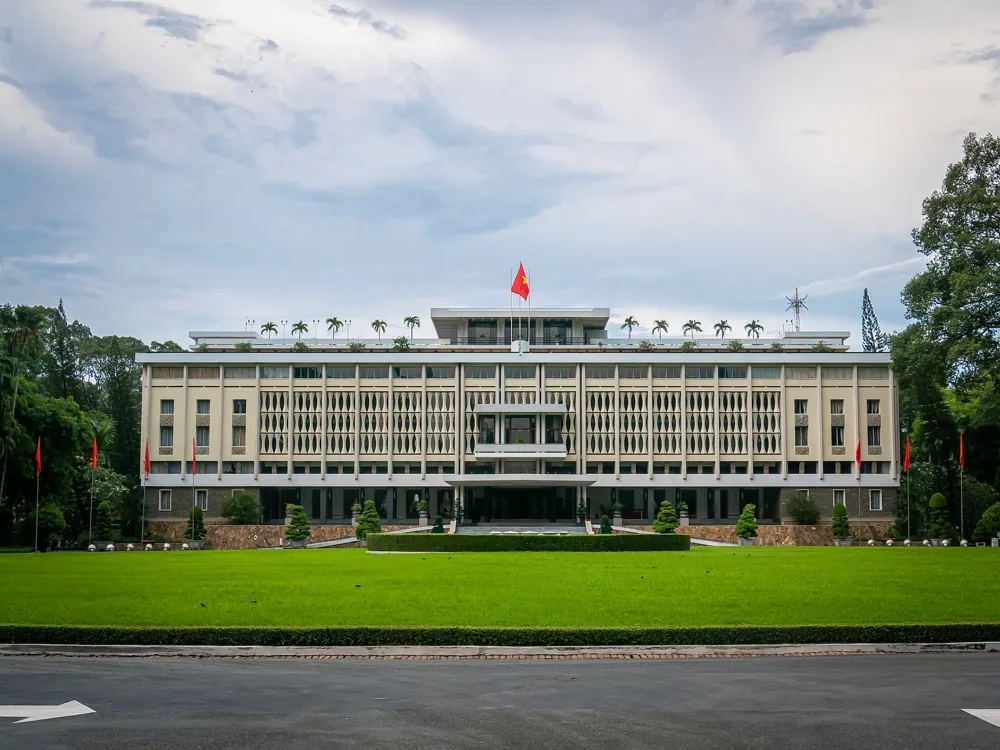
The Reunification Palace, also known as Independence Palace, was once the home to the president of Southern Vietnam during the Vietnam War and the site of the end of the Vietnam War. Originally called Norodom Palace, it is now an iconic museum in Ho Chi Minh City. You can wander the grand halls and explore the underground tunnels and bunkers used during the war. A free guided tour is available.
Saigon Central Mosque
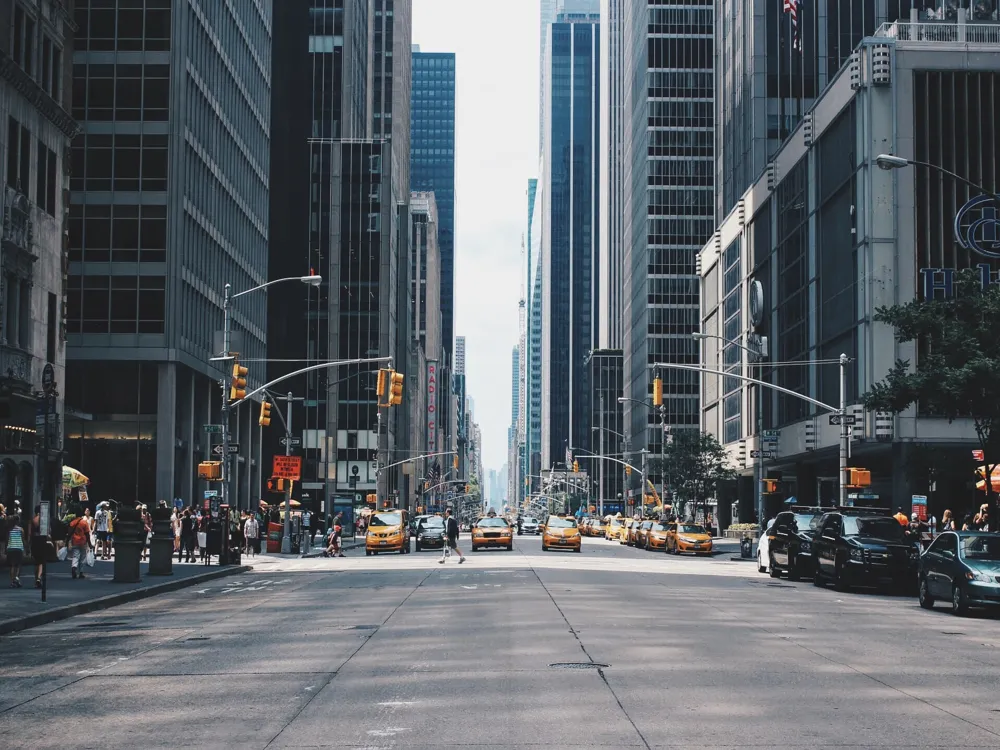
Saigon Mosque is a beuatiful and serene place of worship in District 1 of Ho Chi Minh City. Built by Indian Muslims in 1935, the mosque features well-maintained white and lime green walls and a shaded veranda. Surrounded by four minarets, there are several Halal stalls close to the mosque that sell tid-bits to devotees.
A city of many pagodas, and churches Saigon gets its culturally diverse stamp with many of its mosques as well. Among the 12 mosques, the Saigon Central Mosque (also known as Masjid Musalman or Dong Du Mosque) happen to be quite the popular one. Built back in 1935 by South Indians of Muslim faith, this beautiful mosque was initially only open to Indian Muslims. Now it attracts visitors from all faiths all across the globe. With its beautiful lime green, white and blue colour scheming, four minarets and well maintained architecture, it's an instant sight of peace. A very well preserved mosque in Ho Chi Minh City, it has a shaded verandah where you can sit down and admire the mosque in peace, as well as a pool for rituals as per Islamic traditions. All around the mosque one can find small kiosks and vendors as well as restaurants selling Halal foods such as baked goods and full meals. Since it is a place of worship, make sure to take of your footwear before entering. And make sure you are appropriately dressed, with your chest, arms and legs covered. If you're visiting on Friday be prepared for more crowd than usual.How to Reach Saigon Central MosqueSaigon Central Mosque is Located in District 1 of Ho Chi Minh City in Vietnam (Source)Saigon Central Mosque is located in District 1 of Ho Chi Minh City at 66, Dong Du Street. It can easily be reached using Google Maps if you're already in District 1. You can even Uber or take a bike to reach the mosque. It is roughly 30 mins from the airport and 15 minutes from the Saigon Railway Station.Saigon Central Mosque in Ho Chi Minh City, Vietnam (Source)Make sure to visit the Saigon Central Mosque to get an idea of how well rounded and culturally and religiously diverse Saigon is. One of the more popular mosques in the city, it is a must visit regardless of your religious background. And make sure you do not miss out on the Halal snacks!
Read More
Saigon Centre
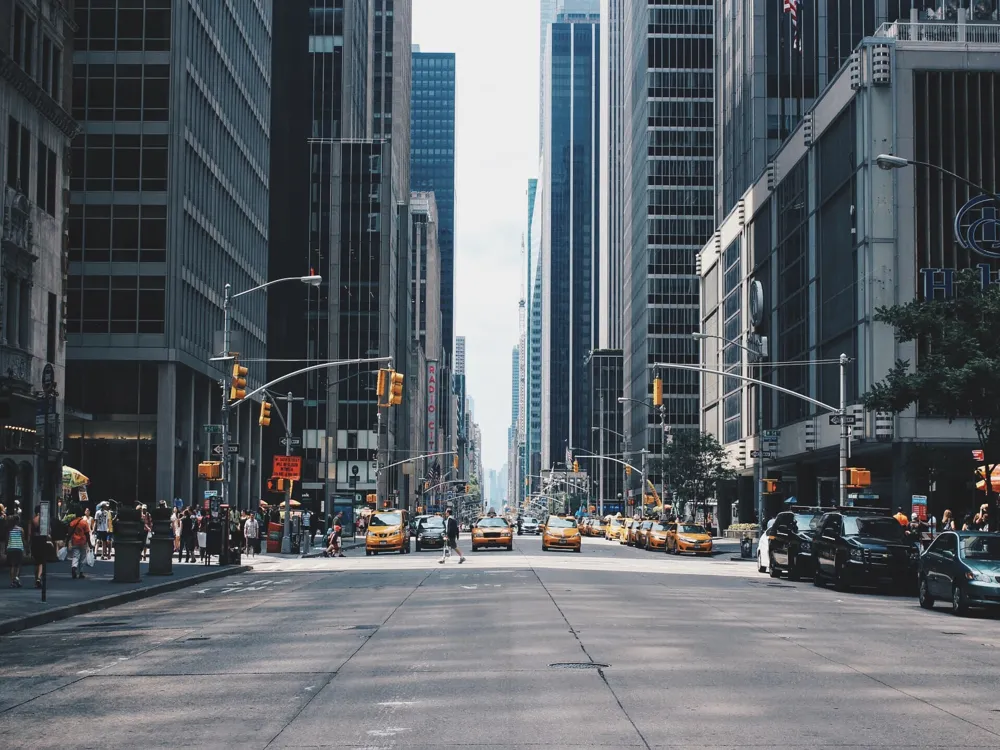
Saigon Centre is an upscale shopping mall in Le Loi Boulevard, District 1. One of the tallest buildings in the city, it's known for its array of international brands and F&B tenants. Japanese retail chain Takashimaya has a huge departmental store in the mall.
Saigon Opera House
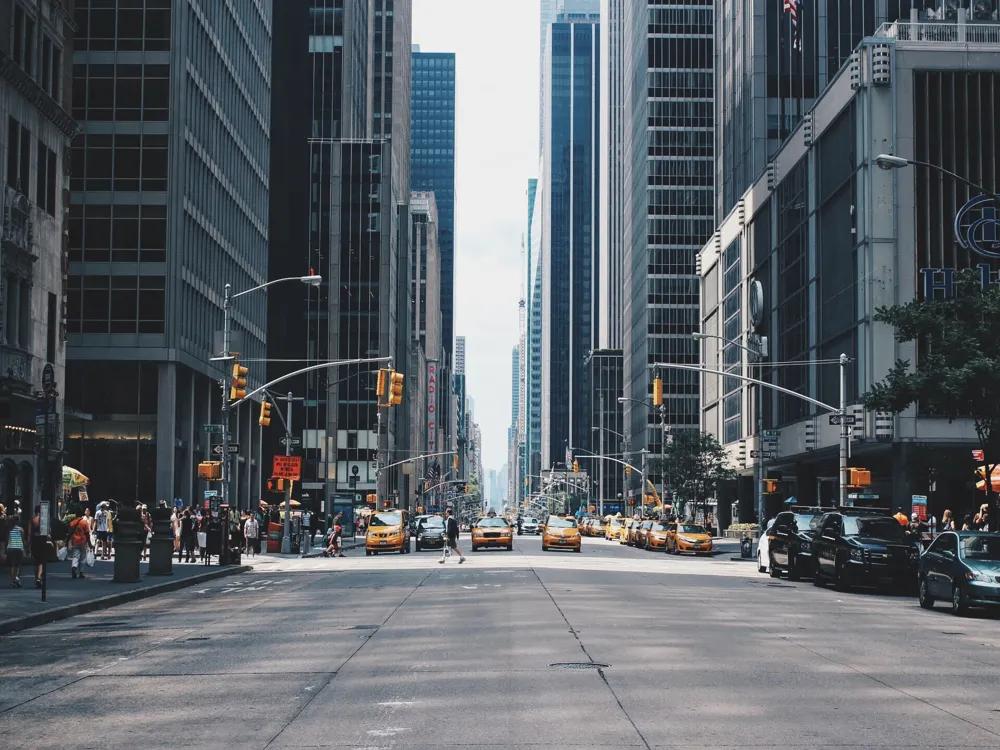
Saigon Opera House is a gorgeous venue to enjoy some of the best creative performances in the country. Also known as Municipal theatre, the building is a great example of French Colonial architecture and looks especially alluring in the evenings when bathed in soft lights. Ballet, classical music, concerts and traditional plays are all performed here.
The Saigon Opera House or the Municipal Theatre as it is otherwise known as, is one of the most popular tourists attractions in Vietnam's Ho Chi Minh City. Originally built in French colonial times, the opera house has withstood the test of time majestically, and continues to draw large crowds eager to witness its many amazing shows and performances.
Read More
Ho Chi Minh City Travel Packages
View All Travel Packages Ho Chi Minh City
Nearby Places Ho Chi Minh City
Browse Package Collections
Browse Hotel Collections












